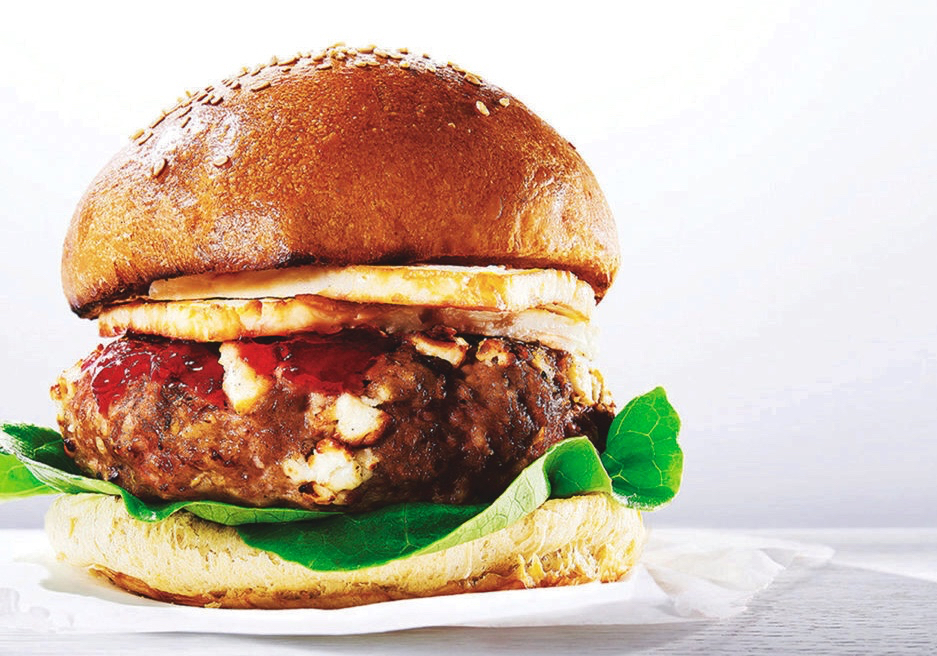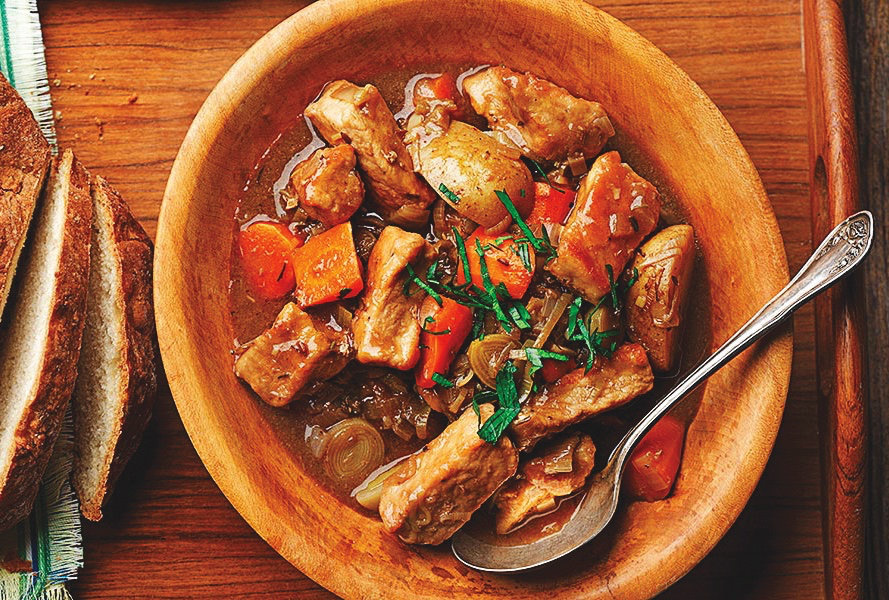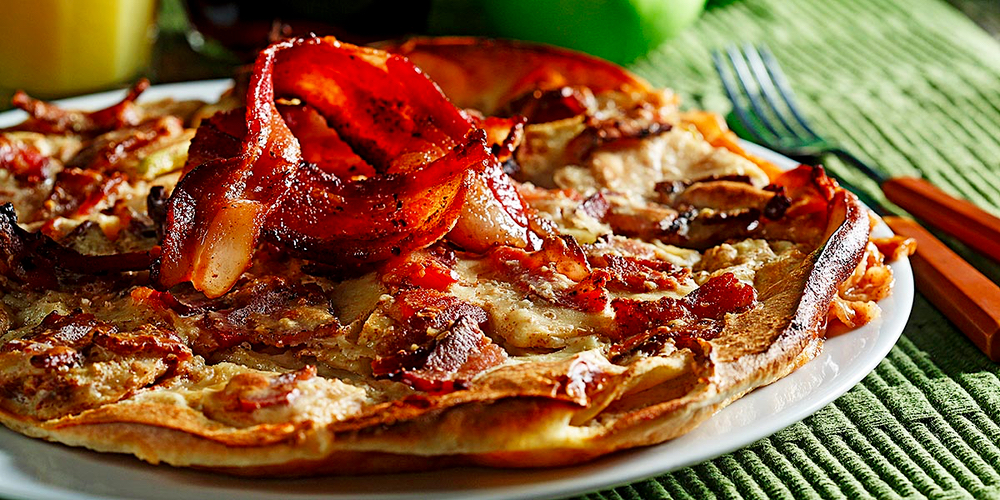“In the single year since the groundbreaking, Mrs. Obama has caused a dramatic paradigm shift.”
– EDDIE GEHMAN KOHAN
When the first lady broke ground for a garden on the south lawn of the White House last spring, it was front-page news in the New York Times and Washington Post.
Michelle Obama planted the first “kitchen garden” since Eleanor Roosevelt’s 1943 “Victory Garden,” and it’s been the talk of the nation ever since.
Read Also

Cooking fish of Manitoba: Keep your catch fresh and tasty for the table
Fishing in Manitoba provides mouthwatering meals, assuming anglers handle, process and cook their fish properly before sitting down to eat. Here’s how, with recipes and fish preparation tips.
Obama and the White House chefs have talked about the garden on the popular TV shows, including “Iron Chef America,” “The Biggest Loser,” “The Martha Stewart Show” and the “Today” show.
Of course everything the first lady does, from the clothes she wears to how she decorates the family Christmas tree, is news.
PROMOTING CONNECTIONS
Knowing that, Obama set out to use her garden as a way to promote the connection between good food, good nutrition and good health.
“This was the way the first lady wanted to enter a much broader conversation around food and health, particularly with our children,” Sam Kass, the assistant White House chef and food initiative co-ordinator, told members of the North America Agricultural Journalists here during a tour of the garden April 27.
“And it has served as a pretty effective platform… about getting ideas of eating right and fruits and vegetables, family meals and so forth to the nation.”
It also fits with Obama’s “Let’s Move” campaign created to reduce childhood obesity to five per cent by 2030 from the current 17 per cent. About 31 per cent of American children are overweight or obese.
Sixty-seven per cent of Americans 20 years and older are overweight, including 34 per cent who are obese, according to the U. S. Center For Disease Control.
REDUCING OBESITY
Here in Canada, 47 per cent of adults are overweight, including 16 per cent who are obese, according to the 2004 Canadian Community Health Survey. Thirty-seven per cent of Canadian kids aged two to 11 are overweight, including 18 per cent who are obese.
Groups such as Kitchen Gardeners International lobbied the Obamas to plant a vegetable garden to promote local food production. But the first lady, who never had a vegetable garden before, told the New York Times, she was also motivated to improve the eating habits of her daughters Malia and Sasha. Eating out several times a week had contributed to weight gain, prompting their pediatrician to advise Obama to think more about nutrition.
“I also want to encourage people to do more family meals,” Obama said in an Internet video. “If the president of the United States can sit down with his family and have dinner, hopefully more families find the time to do the same things.”
MORE THAN SYMBOLIC
The White House kitchen garden is more than symbolic. Last year the 1,100-square-foot plot produced 1,008 pounds of food – almost one pound per square foot. Most of it was fed to the Obamas, but it was also served at state dinners and a third was given away, including to a nearby charity that feeds homeless people.
The first beehive ever at the White House yielded 134 pounds of honey. It was used in the White House kitchen and also given as gifts, including to the spouses of leaders attending the G20 conference last year.
“In the end, what’s really powerful about the garden is it shows kids where food comes from and how to grow it and what it means to actually grow food,” Kass says as he leads reporters through the garden.
“I think that connection has been pretty amazing – to watch kids thinking about and start appreciating where their food comes from.”
Twenty-three Grade 5 students from nearby Bancroft Elementary helped prepare and plant the garden last year. They returned to help harvest and then cook and eat some of what was produced.
CHANGING TASTES
Before the meal, lots of the kids said they didn’t like salad or peas, but changed their minds when it was served up fresh with chicken and brown rice.
“I’ve never seen kids go at peas and lettuce with so much vigour,” Kass says.
Kass says he’s learned things too, including that it doesn’t take a lot of land or a lot of money to produce a lot of food. He estimates the garden cost around $200 to prepare and plant.
But it’s also a lot of work, Kass admits. Although Obama vowed her family would pull weeds “whether they like it or not,” usually 15 or so White House staffers volunteer each week to help tend the garden.
This spring another 200 square feet were added to the garden that last year contained some 55 different vegetables, herbs and fruits – everything from peas, carrots, lettuce and tomatoes to dill, basil and cilantro to raspberries and blackberries.
NEW CROPS
Additions this year include corn, cantaloupe, leeks and artichokes.
Although no synthetic fertilizers or pesticides have been used, the garden isn’t certified organic – a process that requires the land to be pesticide free for at least three years. Asked several times why the garden isn’t organic, Kass says it just isn’t necessary.
“It’s going to take lots of different strategies to feed ourselves, so to come out and say this is the one and only way (organic) – or that’s how it would be interpreted – it doesn’t make any sense.”
Americans are thinking about food in a different way, partly because of her garden, Obama says in a video.
“It has been an amazing success, if I do say so myself.”
Others agree, including Obama Foodorama blogger Eddie Gehman Kohan. According to Kohan “the most famous garden in the world” is changing attitudes.
“In the single year since the groundbreaking, Mrs. Obama has caused a dramatic paradigm shift, and rapidly moved the national conversation about the relationship between food and health from the margins of public debate and straight into the mainstream,” Kohan wrote this spring.
Food writing isn’t just recipes anymore. It includes farm policy, food safety and human health, Kohan told NAAJ members. Even Vogue, a magazine dedicated to style and fashion, recently published a piece on food safety.
She says her own blog’s popularity, which focuses on food policy as well as the food served at the White House, is a testament to the shift in attitude.
Meanwhile, back at the garden, Kass remains tight lipped about what the president’s favourite and least favourite vegetables are. It’s as if it’s a matter of national security. According to the New York Times the 44th U. S. president doesn’t like beets.
Kass says he relishes his time in the garden. Other than the odd cutworm or cheeky squirrel stealing tomatoes, there haven’t been many pest problems.
WHAT NEXT?
Urban backyard chickens are the latest rage in urban food production. Might they be the next addition to the White House grounds?
“Sometimes I mess around with the Secret Service and tell them they’re on the way,” a grinning Kass says. “No, we’re not going to have chickens on the White House lawn.”
The 19-acre White House has been home to livestock before though.
Eighteen sheep grazed there during the First World War. President Woodrow Wilson introduced them to save on lawn-mowing costs. The wool collected was auctioned off and the money donated to the American Red Cross.
Imagine what people would pay for a White House egg. [email protected]



















